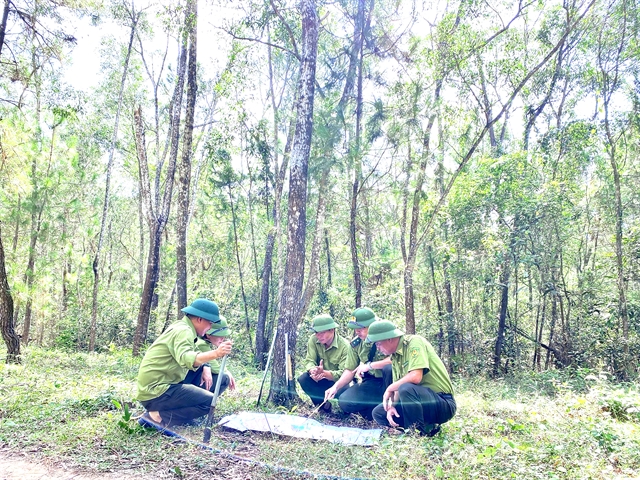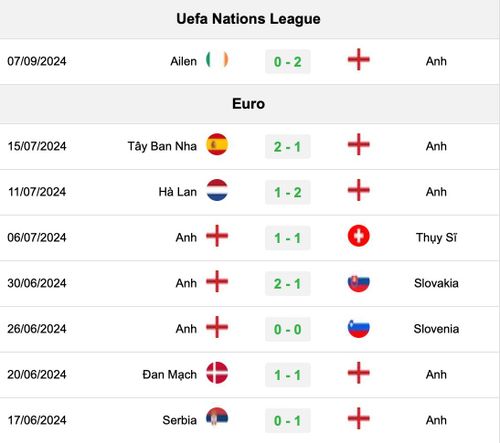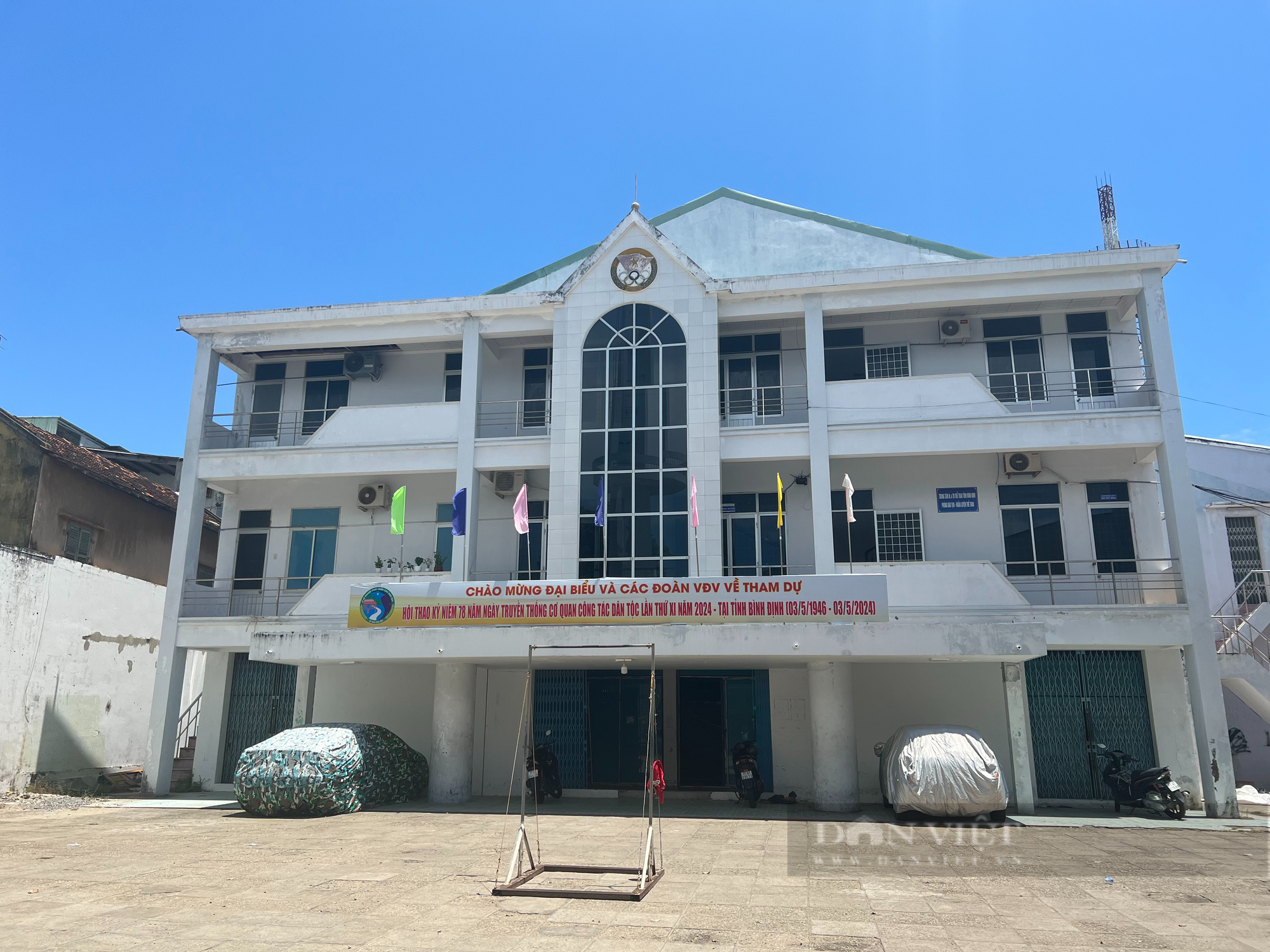▌Câu trả lời hay nhất
In 1994,kép bằng gan cực đại bao nhiêu ngày the UN General Assembly designated June 17 as the World Day to Combat Desertification and Drought, which aims to improve public awareness of drought and desertification and encourage the implementation of UN measures to fight the phenomena in hard-hit countries.
 |
| Rangers patrol forests in the Hồng Lĩnh mountain range in the central province of Hà Tĩnh. — VNA/VNS Photo Hữu Quyết |
HÀ NỘI — Itself affected by drought and land degradation, Việt Nam has been taking action to enforce the United Nations Convention to Combat Desertification (UNCCD) and join global efforts against these phenomena.
In 1994, the UN General Assembly designated June 17 as the World Day to Combat Desertification and Drought, marking the ratification date of the UNCCD. The day aims to improve public awareness of drought and desertification and encourage implementation of the UNCCD in countries hit hard by them.
This year, the World Day to Combat Desertification and Drought is themed 'United for Land. Our Legacy. Our Future.'
Over the past few years, drought has been occurring more frequently and with higher severity. Climate change-triggered drought also poses a risk of worsening desertification. Globally, drought duration and frequency have increased by 29 per cent since 2000. Without urgent action, drought may affect more than three quarters of the world's population by 2050.
Desertification is the final stage of land degradation. Almost three quarters of the Earth’s ice-free area has already degraded due to human activities to meet growing demand for food, raw materials, transport and housing.
Việt Nam is impacted by drought, land degradation and moving sand dunes. The area of degraded land nationwide is approximately 12 million ha, accounting for 35.7 per cent of the country’s total area, according to a 2021 land survey by the Ministry of Natural Resources and Environment.
The Ministry of Agriculture and Rural Development (MARD) notes that Việt Nam has about 400ha of natural desert. It is not considered a hot spot for desertification, but land degradation is still occurring.
The northwest, Central Highlands and south-central coastal regions are hit the hardest by land degradation. Desertification has been recorded in certain narrow strips of sand along the central coast, from Quảng Bình to Bình Thuận, which is home to the largest desertified area of about 419,000ha.
For the past 40 years or so, the movement of sand dunes has exacerbated desertification. Sand encroaches on about 10-20ha of land each year, leading to serious deterioration of soil fertility.
The UNCCD points out that desertification is a global issue affecting all regions worldwide, so the international community needs to take common action to combat it.
In order to take part in the international community’s response to the problem, the Vietnamese Government signed the UNCCD on August 19, 1998, becoming the 134th party to do so. Since then, continual efforts have been made to carry out the convention and fulfill the responsibility of a member state.
Under the national action plan on desertification prevention and control for 2006-2010, the country has worked to perfect the legal basis for protecting land, forest and water resources to fight desertification, raise public awareness, train manpower and improve technical infrastructure. It has also leaned on research institutes to study desertification prevention and control, assess the situation, identify causes and devise solutions.
The MARD’s Department of Forestry, previously the General Department of Forestry, built a national plan on water scarcity and drought. It also updated the national action plan on desertification prevention and control for 2021-2025 and a project on setting voluntary land degradation neutrality targets for the 2017-20 period.
Protecting and developing forests are effective ways to prevent desertification and drought, curb land degradation and accelerate land recovery.
To do that, Việt Nam has successfully implemented a programme aiming to reforest bare land and hills (Programme 327) and a project on planting five million ha of forest (Project 661) with a goal of creating conditions for ethnic minority people in remote and particularly disadvantaged areas to make the most of their forests. Other goals of these projects include generating socio-economic and environmental benefits. As a result, the country’s forest coverage has been expanded from a low of 27.8 per cent in 1993 to 42 per cent at present, compared to the global average of 31 per cent.
The Prime Minister has also approved a project to plant one billion trees from 2021 to 2025. The project aims to plant, care for and protect nearly 700 million trees throughout urban and rural areas, along with over 300 million trees in concentrated forests. So far, nearly 770 million trees have been planted under this project.
In 2023, Việt Nam for the first time completed procedures to successfully transfer 10.3 million tonnes of carbon (10.3 million forest carbon credits) to the World Bank's Forest Carbon Partnership Facility to earn nearly VNĐ1.2 trillion (over US$447 million). This demonstrates the country’s efforts to achieve the dual targets of fighting land degradation and bringing economic profits to local people.
Việt Nam is also investing resources to reach sustainable forestry development targets through 2025. This programme aims to protect and sustainably develop the entire forest area, maintain the forest coverage nationwide at about 42 per cent and continue improving forest productivity and quality to meet production and consumption needs, protect the environment, conserve biodiversity, minimise the impacts of natural disasters and promote climate change adaptation.
On February 29, the PM approved a plan to develop multiple high-value uses of the forest ecosystem by 2030. Three months later, on May 24, the Government released a decree that adjusted some investment and support levels for forest protection and development.
Phạm Hồng Lương, Deputy Director of the Forest Department, said the latest plan and decree will create sustainable resources for people to engage in forest protection, promote livelihoods and capitalise on the forest ecosystem for tourism and education. — VNS












